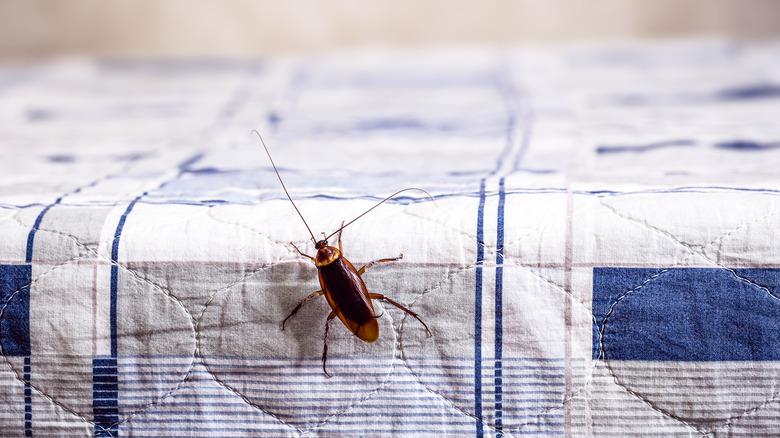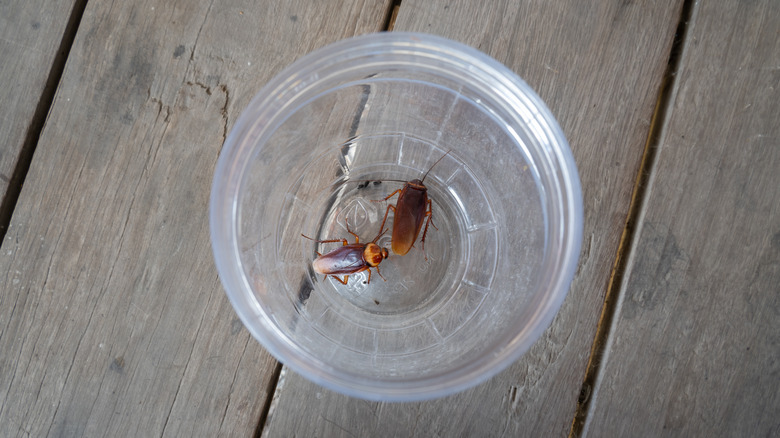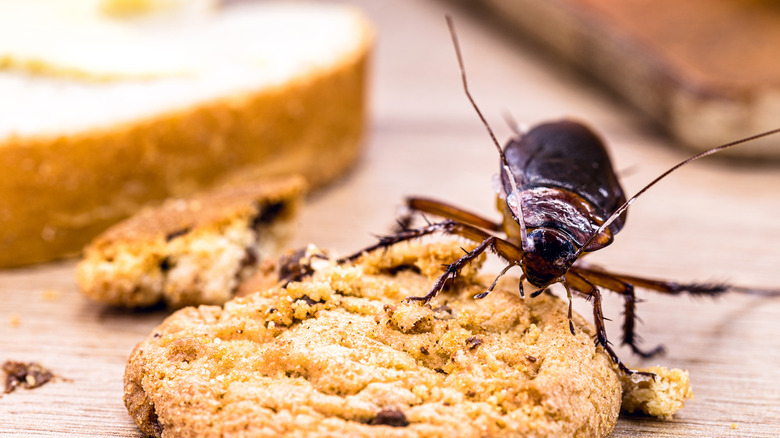Read This Before Using DIY Roach Killer Traps Around Your Home
Nothing is more startling than seeing a cockroach scramble across the floor of your kitchen or bathroom as soon as you turn on the light. If you've noticed roaches in the home, you'll likely want to get rid of them ASAP. However, before using common DIY roach killers, you'll need to understand their benefits and limitations. Not all of these work as you might expect, and although they tend to be much safer than insecticides, some can be dangerous for household pets and children. Also, some of these are only temporary solutions and may not be appropriate for a large-scale infestation.
One common roach-killing method is using boric acid to eliminate roaches in your home. Spreading boric acid can kill roaches by disrupting their digestive and nervous systems. A combination of baking soda and sugar works similarly and can cause bloating and death, while diatomaceous earth can kill pests through dehydration.
However, you should be aware that, while effective, boric acid is low to moderately toxic and is particularly harmful to pets and kids. If consumed in large quantities, boric acid can cause nausea, diarrhea, abdominal pain, and even seizures and kidney damage. Baking soda is much safer, but it can still be toxic if a child or pet swallows too much. On the other hand, diatomaceous earth generally isn't considered harmful to kids or pets, especially if the "food grade" version is used. However, it can still cause some nose and lung irritation.
Limitations to DIY cockroach traps
In addition to using these substances in your home, it's possible to kill cockroaches with DIY traps. A duct tape trap will attract a cockroach with bait, causing them to get stuck on the sticky surface. A jar trap will attract a roach with bait as well, but when lined with petroleum jelly, the insect will be unable to escape the jar. However, while these types of roach-killing traps can be useful, they typically only achieve temporary results and kill just one or two roaches at a time. They also won't address underlying causes attracting these pests to your home in the first place. You may need to use boric acid, another DIY method, or call a professional if you have a large infestation on your hands.
Also, be aware that not all recommended home remedies and trap solutions will kill roaches. Certain scents can repel roaches, including lemon, bay leaves, and many other everyday household products can help drive pesky roaches away. However, many of these will only repel and won't kill them. On the other hand, if you're looking for a more humane option, these are worth considering.
Finally, remember that you'll need to apply and use DIY methods correctly to benefit from them. Follow all directions for these methods and ensure you target areas where roaches actually are for the best results. Using DIY methods incorrectly won't likely be effective and could potentially be dangerous for those in your household as well.
Deciding when to use DIY roach control methods
While many DIY roach-killing traps and methods have drawbacks, they can still be very useful. Many of these DIY solutions will help in the battle against roaches, but you'll need to be aware of their limitations. They're especially worth trying if your cockroach problem hasn't yet developed into a full-blown infestation.
Remember that it's usually a good idea to use multiple traps and methods together if you want the best chance of getting rid of cockroaches forever. Also, don't forget to pay attention to the fundamentals of roach prevention. You need to keep your home clean and free of crumbs and debris at all times. You should also consider sealing entry points to ensure roaches can't enter the home too easily. If DIY methods fail and/or you have a larger infestation, consider moving on to more professional solutions. If you have a significant pest problem, consider the use of pesticides and think about hiring professionals to help get rid of cockroaches in your home.



